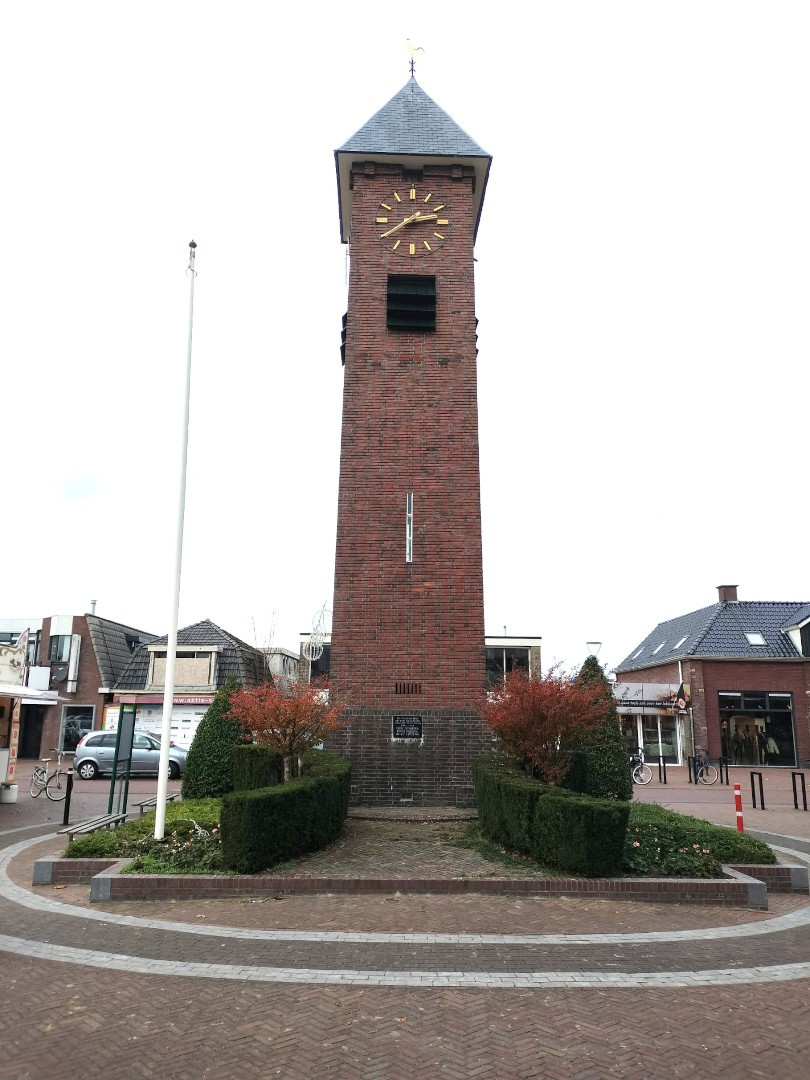Frans Dalstra was born on 13 April 1902 in Surhuisterveen. Before 1940, the ground worker was an active member of the Communist Party. During the occupation, he refused to work for the Germans at the airfield in Leeuwarden and went into hiding. His resistance work mainly consisted of distributing the illegal newspapers Het Noorderlicht and De Waarheid. Together with barber Piet Keverkamp from Houtigehage, he managed a fairly large distribution network. Dalstra was betrayed and arrested on 22 January 1941 while visiting his parents. He was taken to the House of Detention in Groningen, then via Camp Amersfoort to the Buchenwald concentration camp in July 1941. On 15 July 1942, at the age of 40, Frans Dalstra died in the stone quarries of Gross-Rosen.
Sietze Gjaltema was born on 25 May 1920 in Surhuisterveen and worked in agriculture. In September 1944, he met Jan Gjaltema from Opende (province of Groningen). Though they shared the same surname, they were not related. Jan asked Sietze to accompany him to Tolbert, where he planned to collect money from someone he had done business with. The buyer turned out to be a member of the NSB (the Dutch Nazi Party) who refused to pay. As the two men left the house, Jan took a few pieces of clothing from the coat rack as a form of “payment.” The NSB member called the Landwacht (Dutch auxiliary police), who intercepted the men on the road. While Jan managed to escape, firing shots as he fled, Sietze was captured and taken to the Marechaussee barracks in Marum. From there, he was transferred via the Scholtenhuis in Groningen to Camp Westerbork in Drenthe. On 12 October 1944, he was executed there along with seventeen other prisoners. His remains were cremated, and his urn was interred at the Esserveld Cemetery in Groningen.
Taeke Schuilenga was born on 29 October 1878 in Surhuisterveen. He was the co-founder of the Savings and Loan Bank and the director of the local biscuit factory.
On 29 October 1943, members of the resistance set out to assassinate Pier Nobach, known as the “Devil of the Westerkwartier,” notorious for hunting down people in hiding and resistance members. Near Nobach’s home, the resistance fighters encountered his son Herman, and in the ensuing confrontation, shot him dead. On the morning of 4 November 1943, Taeke Schuilenga was taken from his home by three men and brought to the Scholtenhuis, the Gestapo headquarters in Groningen. That same evening, he was driven away in a car. Between Oosterwolde and Veenhuizen, the car stopped near an isolated farm where barking dogs alerted the occupants. The next day, a laborer found Schuilenga’s body hidden beneath leaves. He had been executed without trial, shot in the head as a reprisal for the killing of Herman Nobach. Schuilenga was 65 years old. Around the same time, Gerrit Beukema, the municipal secretary of Grootegast, was also murdered. Taeke Schuilenga is buried in the General Cemetery of Surhuisterveen.
